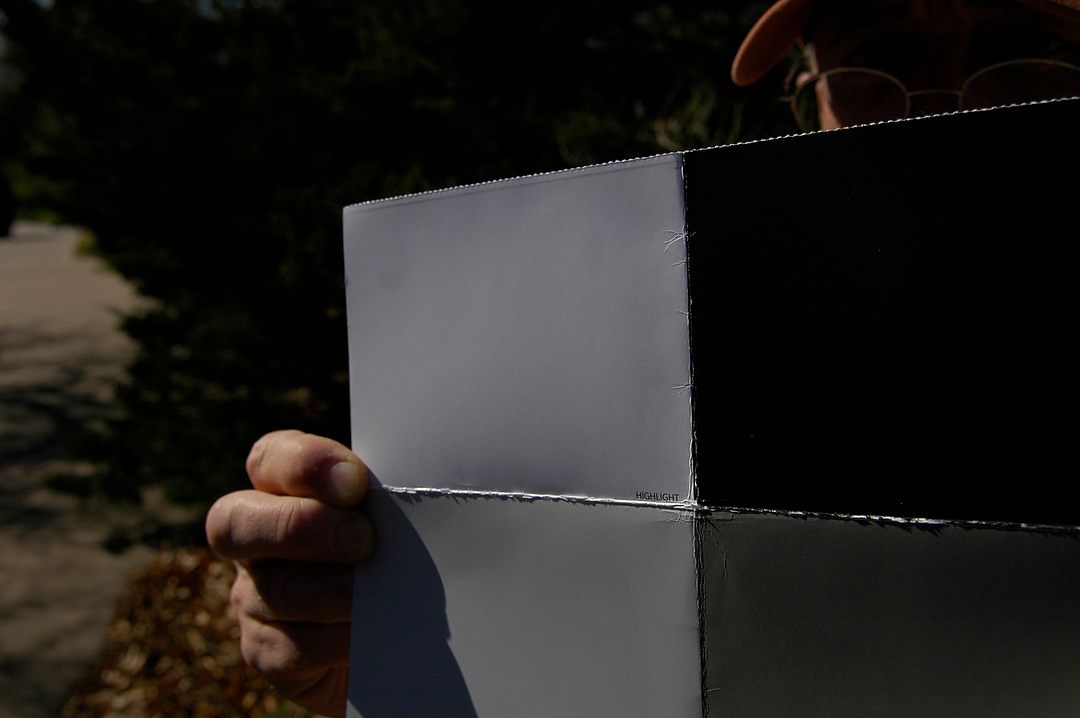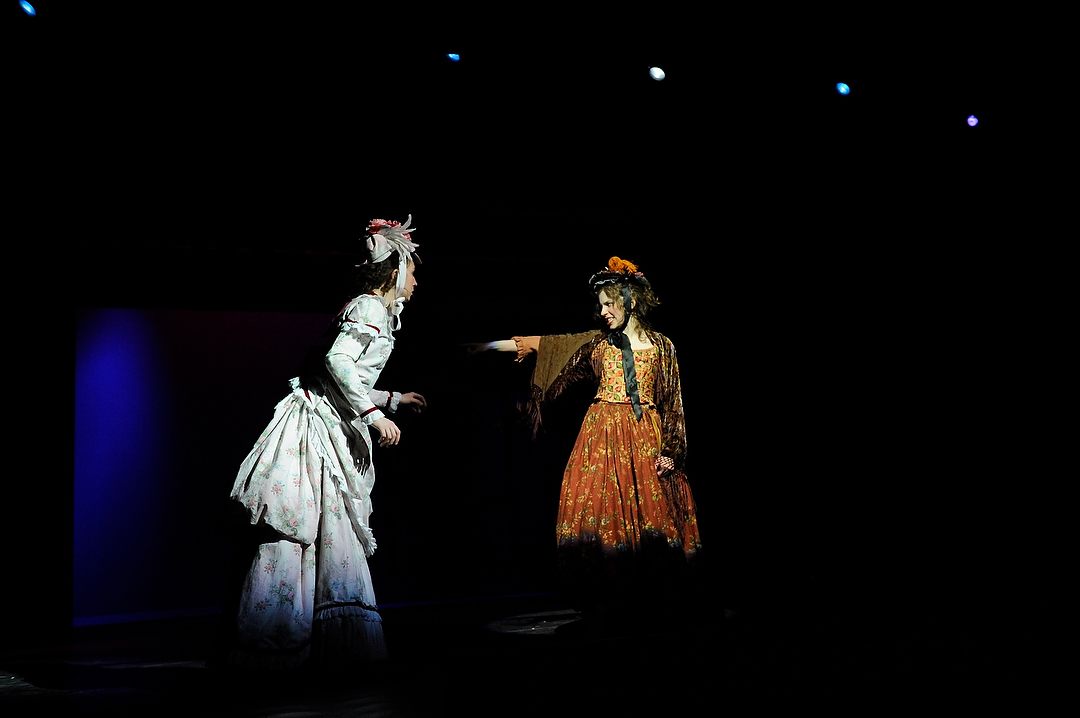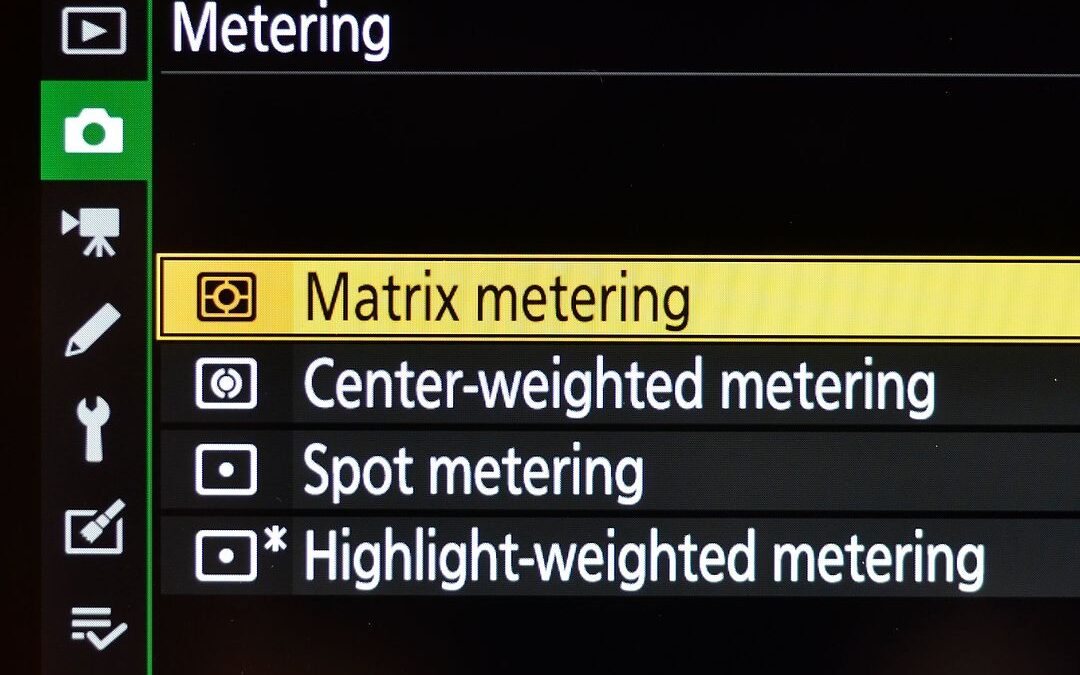Ever wonder what those various metering modes do in your camera? You’re not alone. Most people don’t, and that means they’re often used wrongly. Read on if you’d like to use them properly.
Cameras today generally offer three main metering modes: Matrix (or Evaluative, which is essentially the same), Center-weighted and Spot. Some companies have also added more. Nikon, for example, now has a “Highlight-weighted” option in some of their cameras. Not surprisingly, those choices cause people to ask, “Which one should I use.” The short answer is, “It depends.” The easy answer is to use the one the camera came set to, which is probably the right choice most of the time.
To truly understand the different metering options, you first need to understand how a meter works. Its job is to measure the quantity of light coming through the lens, then determine how much of that light needs to get to the sensor for a “proper” exposure. And that “proper” exposure means it’s trying to calculate how to record the scene as a medium tone. In fact, the meter thinks in black and white, so is calculating how to expose for a medium gray. The result, of course, is accomplished via a combination of ISO, aperture and shutter speed. What you need to remember is that the meter doesn’t know what you care most about in that scene. It’s simply measuring light, so the exposure may not be exactly what you want.

See that upper left square? It’s actually bright white, but using the exposure from the Spot meter records it as medium gray.
Of those three primary modes, two are fairly basic and one is advanced. Center-weighted and Spot metering have been around for a long time, and essentially average out the light in a large or small portion of the frame. Matrix/Evaluative, however, does more than just average the light. It “evaluates” the light in different sections of the frame, then weights those areas differently to make an exposure calculation. In other words, it’s not just averaging. Those systems have been “taught” using thousands of photos that people like, and might commonly take. One way to think of Matrix/Evaluative is that it’s the smart one of the three. It puts more “thought” into its calculation, so gets you closer to the exposure you probably want more often than the others. After that, you can adjust that exposure based on what you find important in the scene.

The even mix of light, medium and dark tones in this scene from the Idaho Palouse, paired with the default Matrix metering mode, made for a good exposure without any exposure compensation. Nikon Z 7, Aperture Priority, Sunny white balance, ISO 64, 1/1000 at f/5.6 in Matrix metering, -0.3 EV, Nikkor VR Zoom 70-300mm f/4.5-5.6 lens at 155mm.
If you like working in the Manual exposure mode, then simply raising or lowering the shutter speed, or using a narrower or wider aperture will shift the image capture darker or lighter. If, like me, you prefer to shoot in an automatic exposure mode most of the time (I use Aperture), then paring that with exposure compensation (also referred to as “EV”) will also allow you to shift the exposure darker (-) or lighter (+).
A few of you are probably thinking, “Wait, Reed, what about Spot metering? Why not just put that small area on the subject and shoot?” Which is a common mistake people make. Remember, the meter doesn’t know what it is you’re taking a picture of. It’s simply calculating how to record the light as a medium tone. So Spot metering something that’s black will result in gray. Meter something white, and guess what, it will photograph as medium gray (as the photo above shows). That means if you want to use spot metering, then you need to look at your subject, think about what tone it would be in a black and white world, then shift exposure to compensate for that. So it’s not the simple solution people think.
Having said that, there is one time I regularly use Spot metering. That’s when photographing an actor on stage. Since the Spot meter area follows the active autofocus sensor, by keeping that sensor on the actor I can maintain focus as well as let the camera adjust exposure based on brighter or dimmer light during the performance. Of course, I still need to consider whether any exposure compensation needs to be added based on their skin tone or clothing.

When my kids were in theater, I regularly used spot metering to make shooting scenes like this fairly easy. Keeping the active AF sensor on my daughter’s chest (she’s in the center), my focus stayed tack on and the fabric of her outfit was a good match for the metering system. Nikon D700, ISO 2500, 1/320 at f/4, EV 0.0.
What about Center-weighted? That’s a mode I have a hard time finding a use for, as the others do the job better for me.
There are also times where I find it easier to simply use Manual exposure. That’s when the light is unchanging (indoor events, sports venues at night, etc.). In that case I just figure out the right exposure in Manual and leave it there.
The rest of the time, though, you’ll find my cameras set to Matrix/Evaluative, and me using exposure compensation. That keeps things simple, and having done it a long time, I have a pretty good feel for how much exposure compensation I may need in different situations.

For this senior portrait, I used the camera’s Highlight-weighted metering choice. That way the camera used just the brightest parts of the scene to determine exposure. Nikon D7500, Sunny white balance, ISO 125, 1/1000 at f/6.3 in Highlight-weighted metering, 0.0 EV, Nikkor VR Zoom 16-80mm f/2.8-4 lens at 24mm.
I expect as time goes by, we’ll see more changes and additions to the metering modes on our cameras. “Highlight-weighted,” by Nikon, is just that. It looks at the scene and biases exposure towards the brightest parts of the scene. Does it work? Yes, pretty well. But I’m pretty comfortable using Matrix, and switching to the new mode would mean learning its idiosyncrasies. Since Matrix works well for me, I’ll keep using it.
That’s another important thing to remember about photography. Knowing all the features and capabilities of your camera is important. But that doesn’t mean you have to use them all. Your camera is a means to an end – you don’t want it getting in the way of making pictures. Figure out what works for you, then spend your time and energy on the creative side. That’s where the real joy of photography comes from.
(If you like this story, please share it with your friends and let them know about the links on photography that I post on my business Facebook page. I’m also on Instagram and Twitter, @reedhoffmann. And if you’re curious about the workshops I teach, you can find them here. Finally, you can subscribe to my newslettter on the home page.)


Thanks Reed! A great primer on metering!…I had almost forgotten about the value of spot metering.
Thanks Norm. Yes, I rarely use Spot metering, but when I do, it really saves the day.